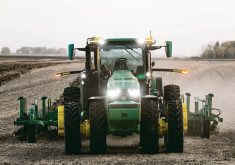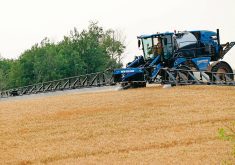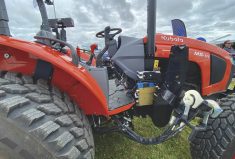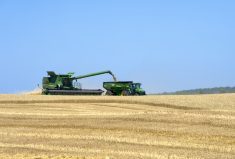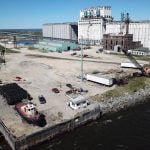Only a handful of its new autonomous tractors will hit fields this year, but John Deere is portraying the self-driving machines as the future of farming.
Feeding a growing population and dealing with labour shortages are two key reasons — but farmers themselves may be an even bigger factor in propelling the adoption of autonomous machines, the equipment maker suggested in a new promotional video.
“Farmers are fairly traditional but I have a feeling that once they try it, they will become very accepting of it,” Minnesota farmer Doug Nimz says in the John Deere video. “Now we’ll be doing the jobs that we always wanted to get done but never had time to because we were in the cab all the time.”
Nimz’s farm southwest of Minneapolis served as a testing site for the machine and the fourth-generation producer was, at first, a “little suspicious” of autonomous technology, he told CNET, a media website focused on new tech.
But by the time the promotional video was shot, the corn and soybean producer had a much different view.
“Autonomy, that’s going to be a life changer for me,” Nimz says in the video.
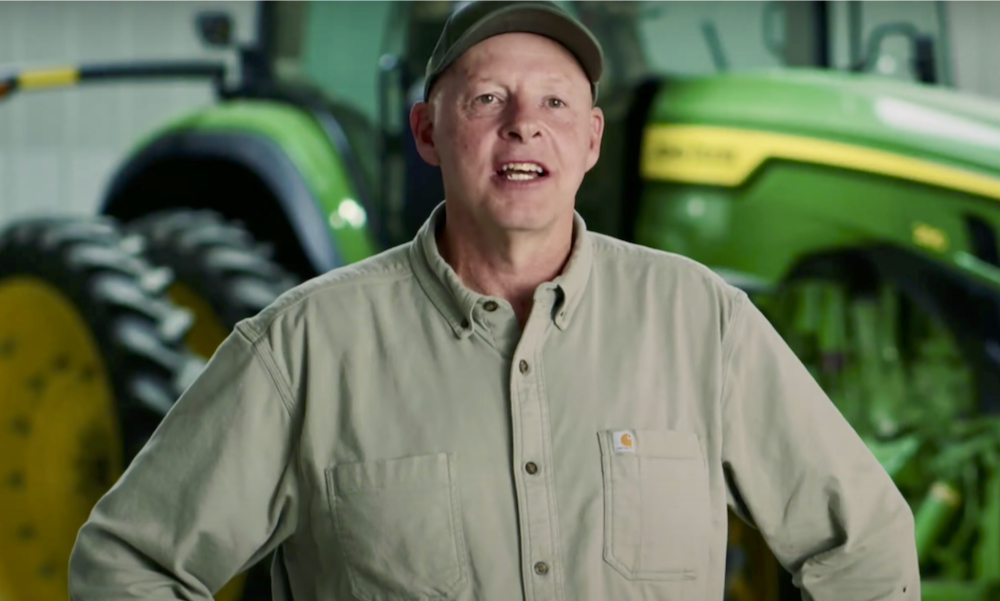
Deere plans a low-volume launch this year delivering systems for 12 to 20 machines, and then scaling up, said Jahmy Hindman, Deere’s chief technology officer.
In a press release, Deere says the era of “doing more with more… more horsepower, more inputs and more acres” is giving way to a digital era that “is changing all of that.”
Deere was originally a steel plow manufacturer, and didn’t start producing tractors until 1918, Hindman notes in the release.
“You fast forward a century from those first tractors and you’ll find some of the most advanced robotic machines are being used on the farm to feed the world,” he said. “If you visit a farm, you’ll see as much technology in the field as you will in Silicon Valley.”
Read Also
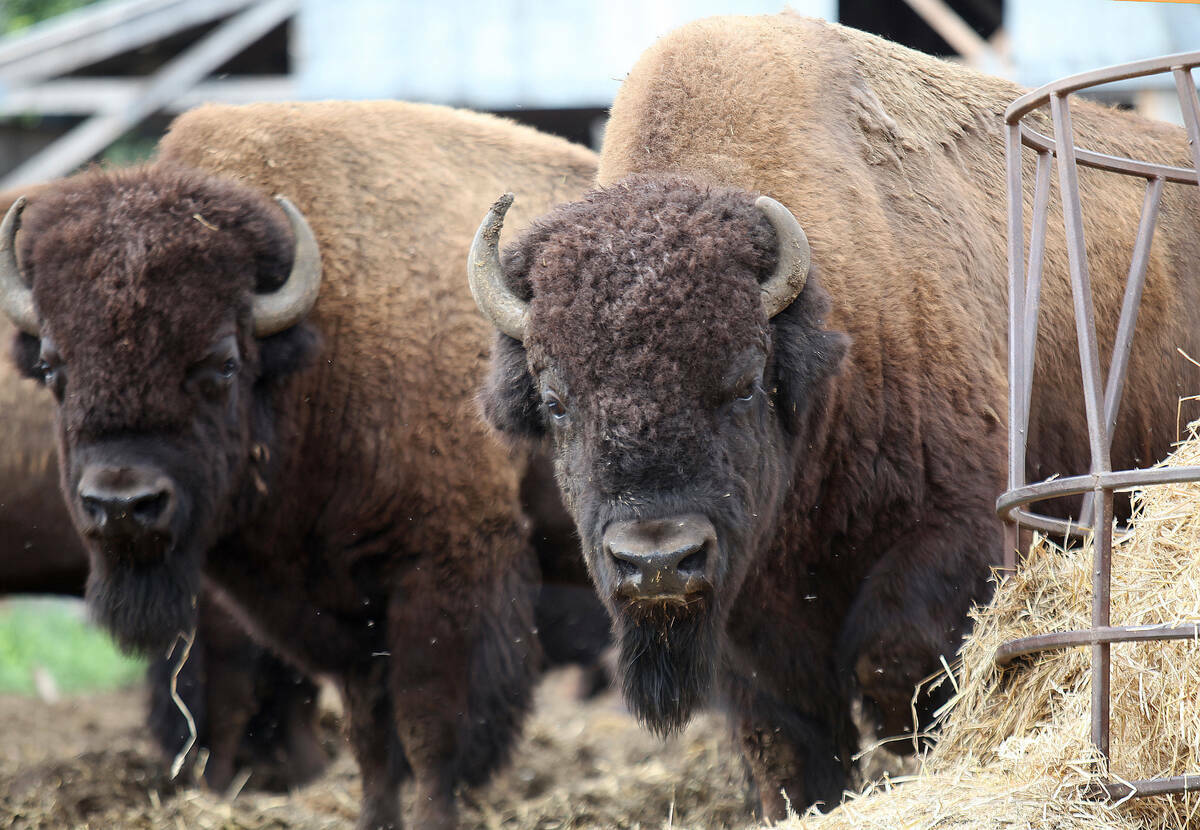
Bison prices remain high, but supply shrinks
Bison numbers are down amid increasing demand and record high market prices.
The Deere video shows a driverless tractor doing tillage on Nimz’s 2,000-acre operation. On the production side, being able to put a machine on a field 24 hours a day when weather and field conditions are optimum will be a big advantage, Nimz says in the video.
“I never really thought I’d see an autonomous tractor in my farming career. It was really exciting the first time to take the autonomous tractor to the field, tap my phone, and watch the tractor start — with no one in the cab… and do tillage just as well as I can do myself.”
Deere is weighing whether to sell the technology, lease it, or offer it to farmers in a subscription package that could allow for upgrades as hardware and software evolve, said Hindman.
The cameras and computers for automated tilling can be installed on existing equipment in a day, he added.
Deere and other equipment makers such as Caterpillar have invested heavily in technology to automate off-highway vehicles such as tractors and mining machines.
Deere’s commercial launch is a significant step in a journey that has been underway for nearly two decades, beginning with the use of satellite positioning and later hands-free operation with a driver still in the cab. Deere has been testing fully autonomous tractors for three to four years, Hindman said.
While self-driving tractors do not have to contend with pedestrians, the chaos of urban traffic or highway safety regulations, he said they still need to be able to navigate accurately, avoid obstacles and precisely control equipment.
Deere’s initial automated tractors will use stereo cameras in the front and rear, and can send images of what the cameras see via a smartphone app to a farmer or equipment operator. The operator can take the tractor to a field, swipe the smartphone screen and the machine will start on a programmed path.
The tractor’s computerized vision system will monitor the tiller, which will have mirrors installed on the shanks. If one of the shanks hits a rock and gets tipped up, the change in the reflection from the mirror will be visible to a remote operator.
Deere is working on automating other farm operations, with spraying likely the next target for automation, Hindman said.
– With files from Reuters.






